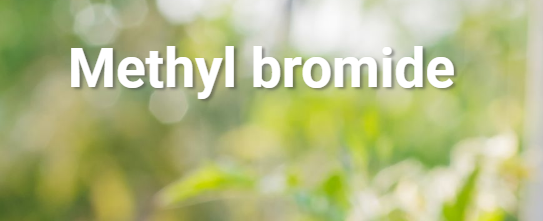Free Courses Sale ends Soon, Get It Now


Free Courses Sale ends Soon, Get It Now



Copyright infringement is not intended
Context: According to a new study, the Forest fires fuelled by the El Niño Southern Oscillation (ENSO) phenomenon might be responsible for the short-term spikes in methyl bromide, a known destroyer of the ozone layer.
Methyl bromide
OZONE PACT
Montreal Protocol
The Kigali Amendment
The Kigali Agreement
If implemented successfully, the Kigali Amendment is expected to prevent about 0.5°C rise inglobal warming by the end of this century.
© 2024 iasgyan. All right reserved